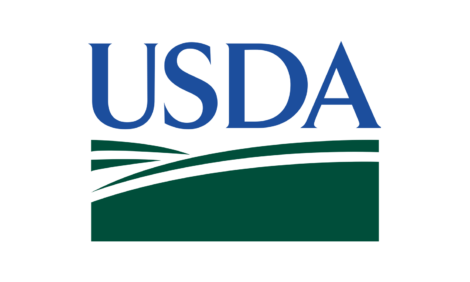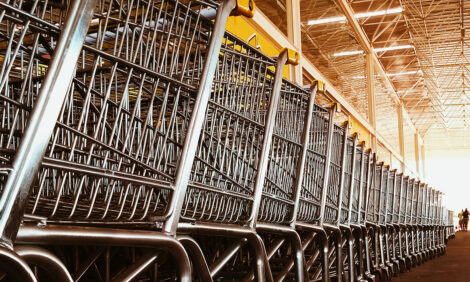



How does grass protein affect meat quality?
In production experiments by Aarhus University, an increasing amount of clover grass protein was added to the feed for broilers and pigs in order to find a more sustainable alternative to soy protein

So far, we have been uncertain of how the change in feed composition will affect meat quality. Researchers from Aarhus University’s departments of Food, Agroecology and Animal Science have examined this and the results are available in a new report from DCA – Danish Centre for Food and Agriculture.
The quality of clover-grass protein products is crucial to the production result
In the broiler experiments, grass-clover protein products constituted 0 %, 8 %, 16 % and 24 %, respectively, of the feed rations, while grass-clover protein products used in feed rations for slaughter pigs constituted 0 %, 5 %, 10 % and 15 %, respectively. However, there was a difference as to the quality of the clover-grass protein product used in the feed for broilers and slaughter pigs, respectively. The protein product used for broilers contained 36 % raw protein, whereas the percentage for slaughter pigs was 47 %.
The broiler experiment demonstrated that an allocation of more than 8 % clover-grass protein resulted in poorer growth and reduced feed utilization. On the other hand, there was no difference in production results for slaughter pigs at an allocation of up to 15 % clover-grass protein, says Associate Professor Margrethe Therkildsen, Department of Food Science. This is probably due to the higher clover-grass protein concentration – and thus higher quality – in the slaughter pig feed.
Changed fat and vitamin contents
The experiments further demonstrated a change in the composition of the meat as a result of increasing the clover-grass protein in the feed rations: we witnessed a change in the fatty acid composition for both broilers and slaughter pigs. The change was towards more n3 polyunsaturated fatty acids, which is positive from a nutritional perspective. The concentration of vitamins acting as antioxidants was reduced. Thus, we observed a lower concentration of e.g. vitamin E in the meat at increased amounts of clover-grass protein. We expect this to be due to an increased consumption of antioxidants in the meat in order to inhibit oxidation of unsaturated fat.
No sensory changes
The DCA report further includes results from an organic project with free-range broilers and slaughter pigs as well as results from peer-reviewed literature: no additional meat and eating quality analyses have been carried out in relation to broilers fed clover-grass protein, but experiments with free-range broilers given access to grass and herbs demonstrate the same change in fatty acid composition.
However, there are no changes in oxidation or sensory perception of meat taste and aroma, says Margrethe Therkildsen, and she continues: meat and eating quality of meat from slaughter pigs remain unaffected by increased amounts of clover-grass protein products. The results from free-range slaughter pigs support these findings, and we did not identify any effect of increased grass and herb intake on the taste and aroma of two examined muscles, cooked as pork chops and roast, respectively.
A promising alternative to soy protein
The production experiment results thus indicate that an allocation of refined clover-grass protein in feed for broilers and slaughter pigs constitutes a promising alternative to soy protein: we are able to identify a level at which major parts of e.g. soy protein may be replaced by clover-grass protein products without affecting meat and eating quality. However, further studies should be accomplished in order to examine how much high-quality clover-grass protein should be added to broiler feed. At the same time, we need to study the level of vitamin E, or other antioxidants, to be added to both broiler and slaughter pig feed in order to avoid undesirable oxidation of the meat, says Margrethe Therkildsen.








